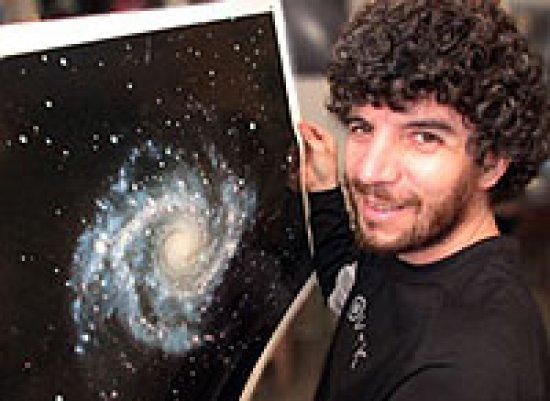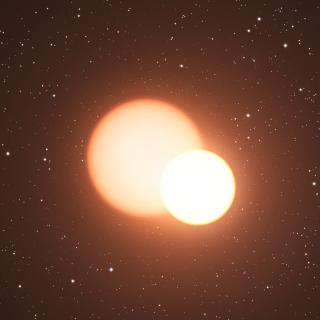Even though the Universe is made up of galaxies and although we happen to live in one of these, we have barely begun to read its history. It is no easy task to reconstruct this history, especially when theory seems to reveal the existence of a new component that we can’t see: dark matter. Attempting to shed light on established but fragile models of the sequence of events in galactic evolution, however, is precisely the aim of astrophysicist Julio Navarro, of the University of Victoria (Canada).
- What role does dark matter play in the hierarchical formation of galaxies?
Its role is fundamental. Cold dark matter has become the paradigm in explaining the formation of all structures in the Universe in which gravity is the predominant force. It is thought that common atomic matter (protons, electrons, etc.) simply fall into the gravitational potential wells created by dark matter to form the galaxies that we observe.
- Do we know how the dark matter that forms the halo of our galaxy is disstributed?
There are good theoretical pointers concerning how the dark matter is distributed in the halo of our galaxy. The cold dark matter theory completely specifies the initial conditions of the Universe after the Big Bang, and the laws determining its subsequent evolution (basically gravity) are known. This implies that we can map the present distribution of dark matter using supercomputers to resolve the difficult, but known, equations that determine the formation and evolution of dark matter haloes.
- What effect do accretion processes and tidal streams have on the structure and formation of the discsof galaxies?
We think that accretion processes have mainly affected the spheroidal components of our galaxy (the bulge and halo) and, to a lesser degree, the disc. Some theoretical predictions propose that the “thick disc” of the Milky Way could also be attributed to accretion processes. This could affect very well known stars. For example, the red giant Arcturus, one of the brightest stars in the northern hemisphere, could have been carried to the solar neighbourhood by the destruction of a dwarf galaxy in the tidal field of our galaxy. If this process can explain the origin of one of the most prominent stars in the sky, then why not others?
- Is the abundance distribution in satellite galaxies similar to that of the stars that form the halo of the Milky Way?
No, the abundance distributions in satellites seem to differ from those measured for stars in the galactic halo. This has led some authors to conclude that the accretion of satellites is unimportant in the formation of the galactic halo. But the comparison isn’t necessarily significant. The majority of stars in galactic satellites are congregated in a single satellite, the Large Magellanic Cloud; it is therefore not clear which satellite to make the comparison with. Furthermore, what we know about abundance distributions in halo stars is limited to those halo stars that happen to be passing close to the Sun. This could result in a serious bias complicating the interpretation of these observations.
- Is there good agreement between simulations of galactic evolution and observational data?
I’d say that, at the moment, the agreement between theory and observation is reasonable. Theoretical predictions concerning the structure of galaxies aren’t trivial and require careful computation of various complex non-linear physical effects. Although we’ve been making progress in this field in recent years, there’s still a lot more work to do. But my preliminary conclusion is that, to first order, the galaxies we observe are consistent with the theoretical models. However, I hasten to add that this is a field in which observation leads and theory follows behind.
More information:



